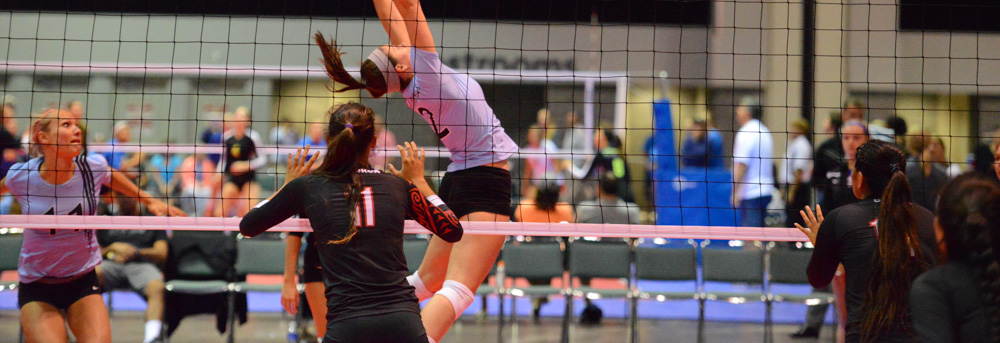A Volleyball Athlete's Guide the the Healthcare System
Am I hurt, or do I hurt? For best results, know the difference.
It’s that time of year again – three-day tournaments on concrete floors and 2-1/2 hour practices twice a week plus conditioning invariably lead to aches, pains, and occasional injuries. Insightful athletes and parents everywhere are wondering, “How can this process strengthen me, rather than break me?”
If you’re looking for answers outside the gym, know your options. Not all healthcare is created equal.
For the most part, America’s healthcare business model revolves around fixing what’s acutely broken, and turning chronic disease into recurring revenue. The good news is that if you suffer an acute injury as an otherwise healthy athlete, we still have one of the best healthcare systems in the world. Many athletes have an orthopedic clinic on speed dial – and if you’ve hurt something severely enough that you can no longer move or use it, the doctor’s office is the place to be.
Thankfully, such acute injuries are relatively rare (although still too common). What’s not rare, however, are the athletes skating on the edge of a forced timeout based upon aches and pains that inspire icing after every practice. When you hurt – not to say that you are hurt, but that you are feeling pain – your body is sending you a message.
Pain in joints or tissues that goes beyond the “good” soreness of muscle recovery is a warning sign. While you can tough it out, suppress it with ibuprofen or ice, or try to rest for a couple days and hope to feel better, the best approach is to learn what your body is telling you, and try to get to the root of the problem.
Here's the good news -- the most common cause of pain and discomfort in otherwise healthy athletes engaged in intensive training and competition is suboptimal movement.
So if your movement needs improvement, who can help?
When you’re hurting – but not acutely hurt – a physician is not your best bet. Generally speaking, they have neither the training nor the time to spend with you to troubleshoot and empower you to fix your movement issues.
Note the phrase “empower you to fix”. That’s right – there’s no drug or procedure to fix suboptimal movement. You, the athlete, get to do that yourself. Kind of like working on your attack footwork or blocking, you and only you can build the strength, mobility, and muscle memory to use your body in a way that is effective and doesn’t leave you in pain.
In this situation, your ideal healthcare provider is much closer to a teacher or coach who can help you understand what your body is telling you and how to adapt your movement accordingly. My recommendation is to find a great physical therapist. Consider also that PTs have different interests and types of practices, so what constitutes a “great” PT will vary according to your needs.
For example, some PTs might specialize primarily in helping patients rehabilitate after surgery. While that’s a great PT for surgical patients, it may not be the best PT for the athlete looking for pain relief, performance optimization, and injury prevention. Visiting a practice can give you a feel for what sort of services they provide, and how they work with their patients.
One positive indicator is finding a practice where patients are actively engaged and involved in learning how to move well and maintain their bodies. Regardless of the practice setting, seek to find a therapist who:
- Evaluates your movements, not just your joints and muscles
- Empowers you with homework and measurable goals
Evaluating your movement patterns is a prerequisite to understanding why you’re in pain. Helping you move better, with an emphasis on homework that puts you in charge, is the key to relieving it.
